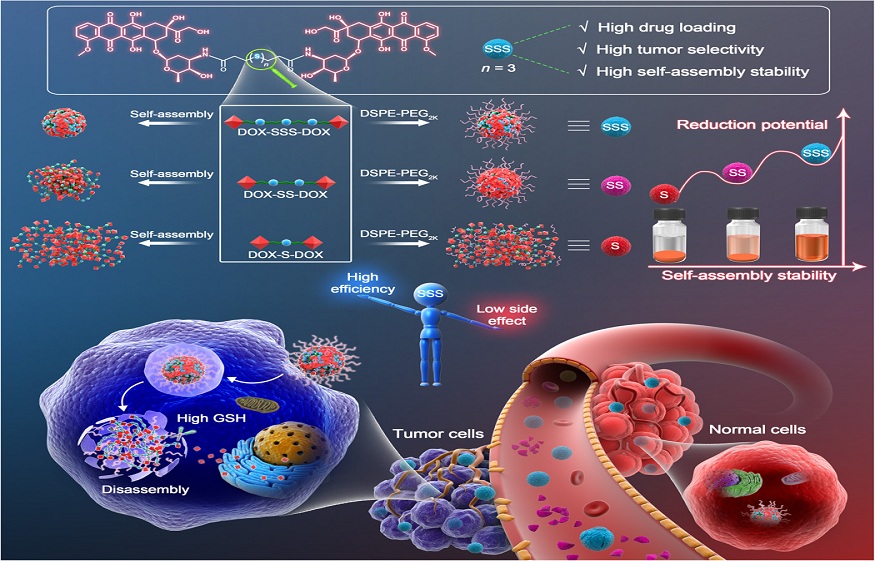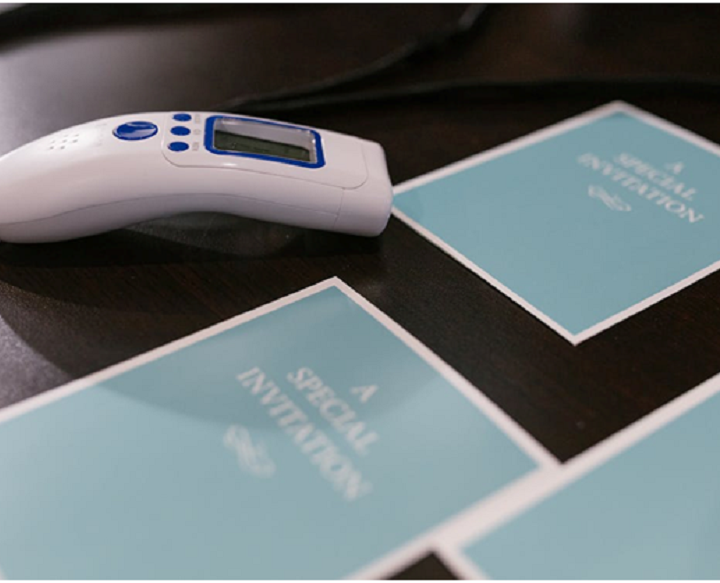Summary
A detailed protocol for the generation of self-assembled human protein microarrays for screening for kinase inhibitors is presented.
Abstract
Screening for kinase inhibitors is crucial to better understand the properties of a drug and for the identification of potentially new targets with clinical implications. Several methodologies have been reported to perform such screening. However, each has its own limitations (eg, screening for only ATP analogs, restriction to the use of purified kinase domains, the significant costs associated with testing more than a few kinases at a time, and the lack of flexibility in the screening of protein kinases with new mutations). Here, a new protocol which overcomes some of these limitations and can be employed for the impartial screening of kinase inhibitors is presented. A strength of this method is its ability to compare the activity of kinase inhibitors across multiple proteins, either between different kinases or different variants of the same kinase. Self-assembled protein microarrays generated by expression of protein kinases by a human-based in vitro transcription and translation system (IVTT) are used. The proteins displayed on the microarray are active, allowing the effects of kinase inhibitors to be measured. The following procedure describes the protocol steps in detail, from microarray generation and screening to data analysis. expression of protein kinases by a human-based in vitro transcription and translation system (IVTT) are used. The proteins displayed on the microarray are active, allowing the effects of kinase inhibitors to be measured. The following procedure describes the protocol steps in detail, from microarray generation and screening to data analysis. expression of protein kinases by a human-based in vitro transcription and translation system (IVTT) are used. The proteins displayed on the microarray are active, allowing the effects of kinase inhibitors to be measured. The following procedure describes the protocol steps in detail, from microarray generation and screening to data analysis.
Introduction
Protein kinases are responsible for the phosphorylation of their targets and can modulate complex molecular pathways that control many cell functions (i.e., cell proliferation, differentiation, cell death, and survival). Deregulation of kinase activity is associated with more than 400 diseases, making kinase inhibitors one of the main classes of drugs available for the treatment of several diseases, including cancer, cardiovascular and neurological disorders as well as inflammatory and autoimmune diseases 1 , 2 , 3 .
With the advent of precision medicine, the identification of new therapies, especially kinase inhibitors, have great pharmaceutical and clinical appeal. Several approaches can be used for the identification of possible new kinase / kinase inhibitor pairs, including the de novo design of kinase inhibitors and the identification of new targets for FDA-approved drugs. The latter is particularly attractive, since the time and money required to implement these drugs in clinics is drastically reduced due to the availability of data from previous clinical trials. A canonical example of the reuse of a kinase inhibitor is imatinib,4 , 5 , 6 , 7 .
Screening for kinase inhibitors can be performed in stringent assays or enzymatic-based assays. The first class of assays focus on protein-drug interactions and can provide information such as ligation site and affinity. Since the activity of the kinase at the time of these tests is unknown, a number of interactions may be missed or falsely identified due to conformational changes in the protein. On the other hand, enzyme-based assays require protein kinases to be active and provide valuable information on the effect of the inhibitor on enzyme activity, however, this type of screening is generally more time consuming and expensive. . At present, the two types of assays are commercially available from several sources. They represent a reliable option for screening for kinase inhibitors with some limitations, including: I) most methods involve testing multiple kinases individually, which can make screening a large set of proteins expensive; II) The set of kinases to be tested is limited to a list of preselected wild-type kinases and to several well-known mutated versions of certain kinases, which hinders the testing of many new mutated isoforms. which can make screening for a large set of proteins expensive; II) The set of kinases to be tested is limited to a list of preselected wild-type kinases and to several well-known mutated versions of certain kinases, which hinders the testing of many new mutated isoforms. which can make screening for a large set of proteins expensive; II) The set of kinases to be tested is limited to a list of preselected wild-type kinases and to several well-known mutated versions of certain kinases, which hinders the testing of many new mutated isoforms.
In this context, protein microarrays are a powerful platform capable of overcoming some of the limitations presented by commercially available techniques. Enzyme-based assays should be performed in high-throughput screening using full-length active proteins of any sequence of interest. Microarrays can be generated by a self-assembled approach like NAPPA (Nucleic Acid Programmable Protein Array), in which proteins are expressed just in time for testing, increasing the likelihood that those displayed on the array are indeed active. The proteins displayed on NAPPA are produced using human-derived ribosomes and chaperone proteins to improve the likelihood of natural folding and activity.
The proteins are initially programmed by printing cDNAs encoding the genes of interest fused with a capture tag, with a capture agent, on the surface of the microarray. The proteins are then produced on the microarray using an in vitro transcription and translation system (IVTT), and the freshly expressed proteins are immobilized on the surface of the microarray by the capture agent.






